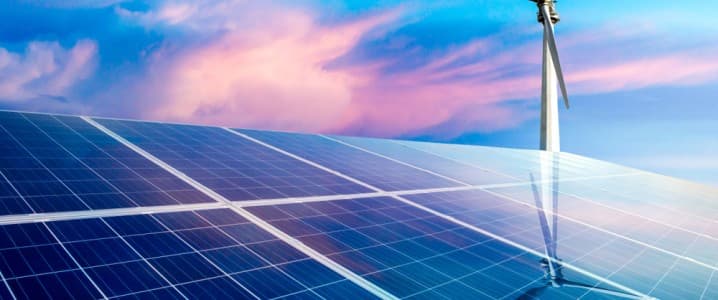Wind and solar electricity generation in India rose at the fastest rate since 2022 over the first half of the year, with their combined share representing over 17% of the subcontinent’s energy mix in June, Reuters reported, based on an analysis of load dispatch data from New Delhi.
Earlier in the year, India saw record-high power generation from solar plants between January and April, with solar electricity output soaring by 32.4% from a year earlier and keeping coal-fired generation essentially flat despite rising demand. Coal output over the first six months of the year was flat on 2024.
Solar output, meanwhile, remained strong as more capacity was added to the grid: a total of 16.3 GW in both solar and wind over the first five months of the year. The total new additions in wind and solar capacity for the year are planned at 32 GW. By 2030, India has plans to add some 500 GW in non-hydrocarbon energy generation capacity by 2030. This would include, besides wind and solar, nuclear and hydro.
Last year, India overtook Germany to become the world’s third-largest generator of electricity from wind and solar in absolute terawatt hours, climate activism outlet Ember said earlier this year. Even so, hydrocarbon fuels still accounted for 78% of power generation, the outlet noted.
India is one of only ten countries planning to triple renewable generation capacity from 2022 levels by 2030, but it is facing problems in achieving this goal, mostly related to funding and to the need for some large-scale energy infrastructure upgrades. The problems are not unique to India. All countries seeking to replace their baseload generation with wind and solar are having to deal with them, with the leading problem being the need for massive investments in grid upgrades and new transmission line construction.
By Irina Slav for Oilprice.com
More Top Reads From Oilprice.com

